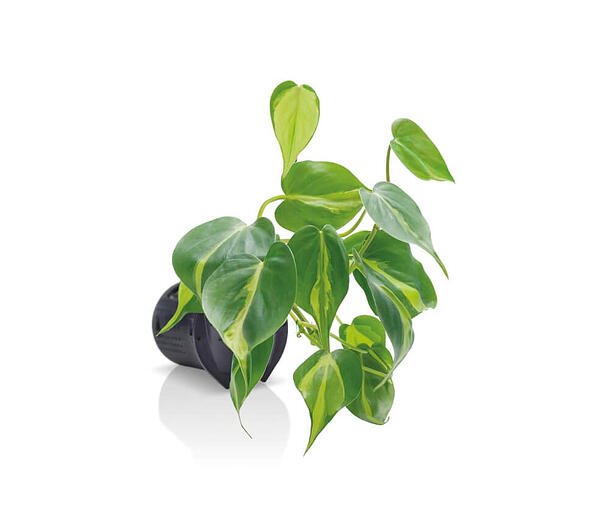Editorial Posted by Naava on August 12, 2021
Hello Microbe, My Old Friend: Microbes and the Old Friends Hypothesis
What are microbes and why are they good for our health?
Our biology has been shaped by interactions with a diverse combination of life from flora and fauna to microbial organisms. We as humans are naturally drawn towards all things nature, with the loss of diversity in our modern environments being an evolutionary mismatch. Rapidly declining biodiversity around us and the quickly increasing prevalence of allergies, asthma, and other chronic inflammatory disorders have contributed to the “Hygiene Hypothesis”, which suggests that these two phenomena are connected, being born.
The Hygiene Hypothesis suggests that the main cause for the increase of these disorders is the lessened exposure of our immune systems to a diverse assembly of microorganisms, which again is due to the loss of biodiversity, increased urbanization, excessive hygiene, and the use of antimicrobial products. For these reasons it is also known as the “Old Friends Hypothesis” - we are so dependent on the microbes we have evolved with that our immune system cannot develop nor function correctly without them.
Being in contact with a broad variety of microbes, especially in infancy and early childhood, teaches our body when it needs to react – but just as importantly, when there is no need to react. Environments that are rich in microbial diversity help our body in creating a balance that protects us against not just pathogens, but allergic and autoimmune diseases as well.

Microbes (or the lack of) in industrialized societies
Immunological and autoimmune diseases are much more common in the industrialized world when compared to the developing world. Interestingly, differences are found even between different living standards among the same countries. These differences between living standards have been studied in detail for example in the Karelia project which has been active since 1998.
The Karelia project inspected asthma and allergy prevalence in Finland and Russia. Rapid economic growth and urbanization have created a large socioeconomic gap between Finnish and Russian Karelia, showing one of the highest leaps in living and health standards in the world. The Russian region used to be part of Finland until 1944, and thus, the two populations share the same ancestry.
However, a dramatic difference in the prevalence of allergies and asthma was discovered when comparing the populations. It was found that in Finland, adults suffer from allergies and asthma more frequently, and almost 45% of Finnish children had at least one positive response to the tested allergens. In Russia, the corresponding percentage was only 15.7%.
When the children taking part in the Karelia project were tested again as teenagers, it was observed that healthy individuals in Finland lived in more diverse living environments with green spaces, natural areas, and plants. This contributed to larger counts and variations of microbes on their skin when compared to atopic children.
The results of the study could not be explained by genetics, but rather by the microbiological diversity inside homes and the drinking water. Similar results have been identified in Germany, where it was discovered that children who grew up on farms, and were thus exposed to a wider range of microbes, obtained protection against asthma. It has been suggested that the increase in asthma prevalence is due to something missing in the modern environment rather than some toxic element directly causing it.

Why is our modern environment making us so sick?
There are several mechanisms behind the association between diversity loss and increased prevalence of immunological diseases that need to be studied in further detail to fully assess the problem, but it seems evident that interactions with natural environmental features have a positive effect on health and general human well-being in urban areas.
Building-related symptoms are often blamed on microbes, such as molds and bacteria. It has also been suggested that the toxic effects are actually caused by chronic activation of the immune system. This takes us back to the “Old Friends Hypothesis”: it has been proposed that the reason why buildings such as schools today are more “sick” is that they actually are too clean. Endotoxin levels have been found to negatively correlate with the development of asthma among children, suggesting that early exposure to these toxins might give protection against the condition. It has also been established that in homes where a common disinfecting product was used, children were more prone to respiratory infections.

Naava uses microbes to improve air quality
Now we have established that microbes can, in fact, be quite useful and important for our health. Historically, we have always used natural solutions to solve big problems. Green walls have been used to cool houses and to reuse water, while microbes have been used to make food and fermented alcohol. We need microbes to clean the water we drink and the soil we eat from. So why not the air we breathe?
At the core of Naava’s green wall innovation are two central matters: active air circulation and an inorganic growth medium. The growth medium is an ideal environment for the microbes that are dissolving air impurities in the plants’ roots. In other words, Naava utilizes the microbes of the plants in the same way as water is treated in wastewater treatment plants: by biofiltration.
The inorganic growth medium in which Naava's plants grow is developed in such a way that the plants and microbes are allowed to grow and activate to the best of their abilities, hence offering as much living space for the microbes as possible. This growth medium is the outcome of a multitude of conducted research and tests to identify the best growth medium and to adjust its consistency. The result is an optimal growth medium for air purification.

